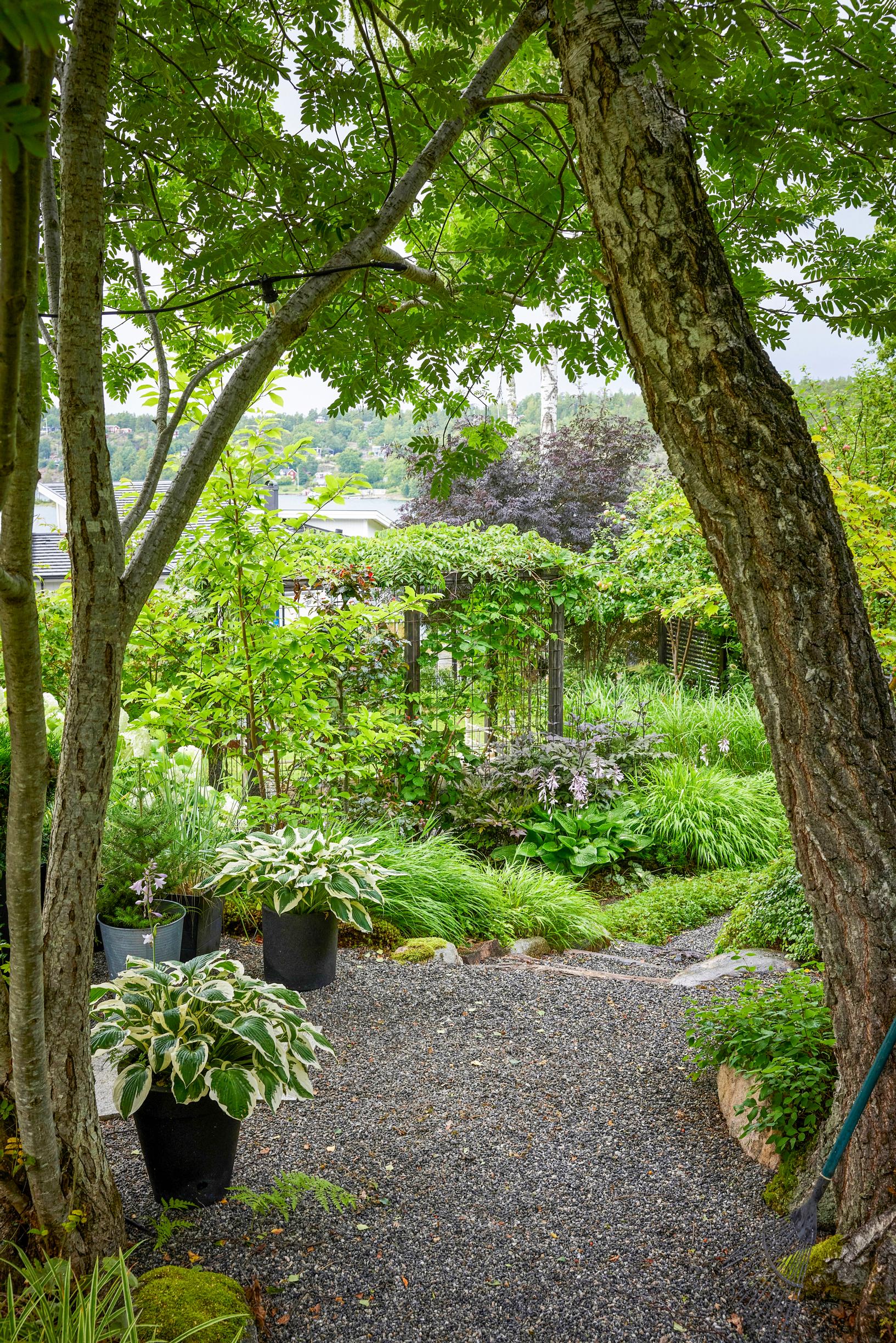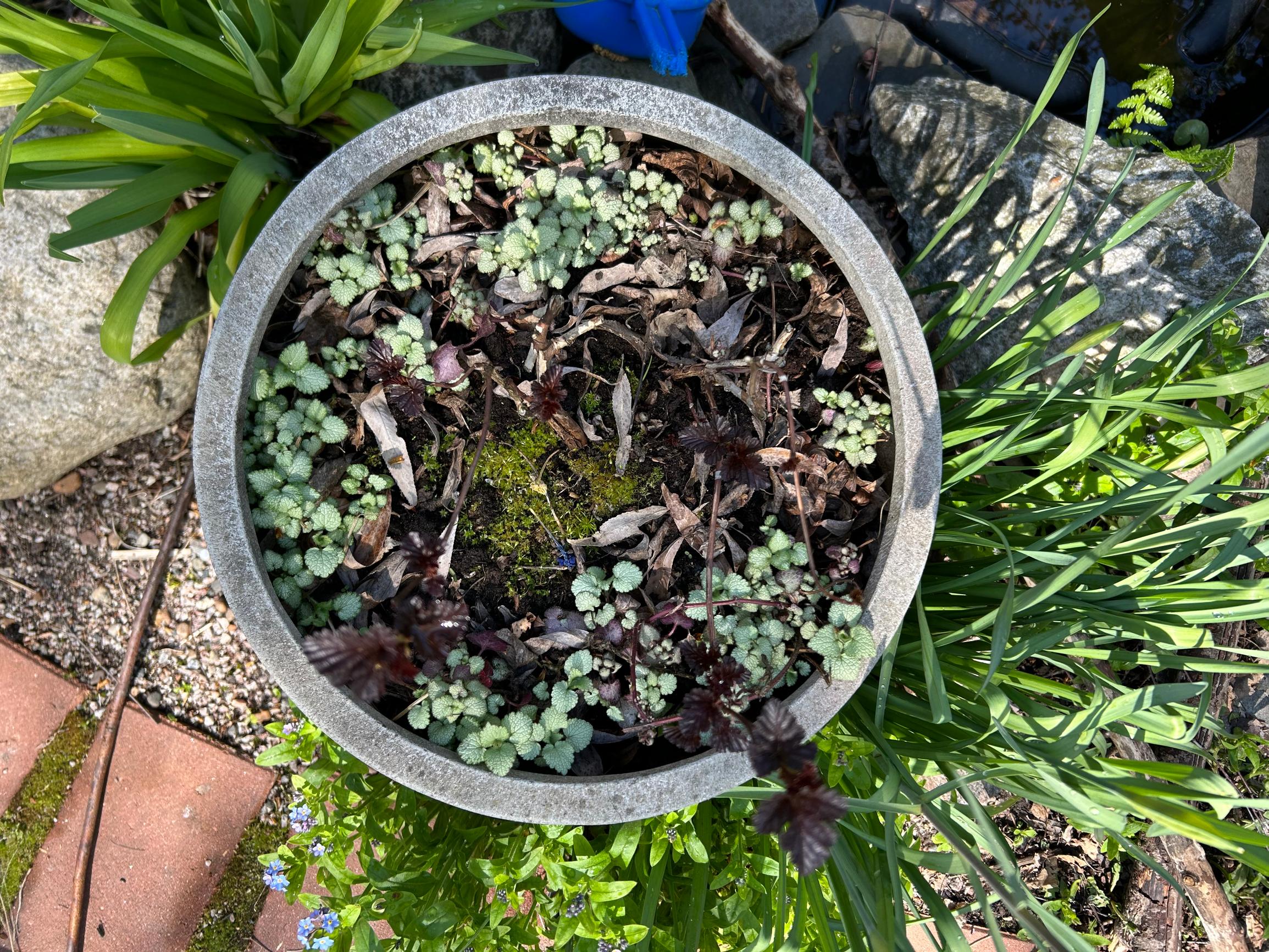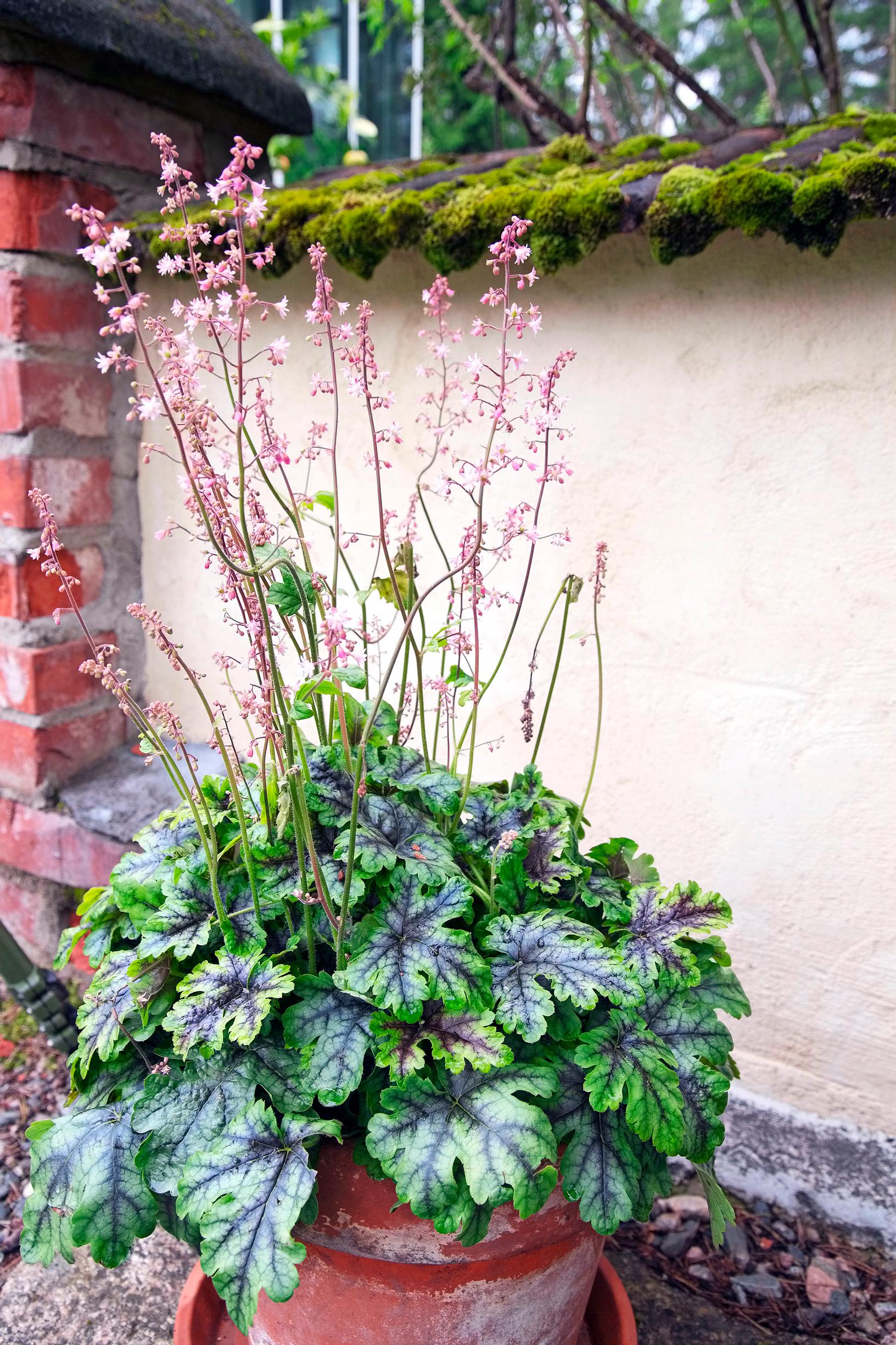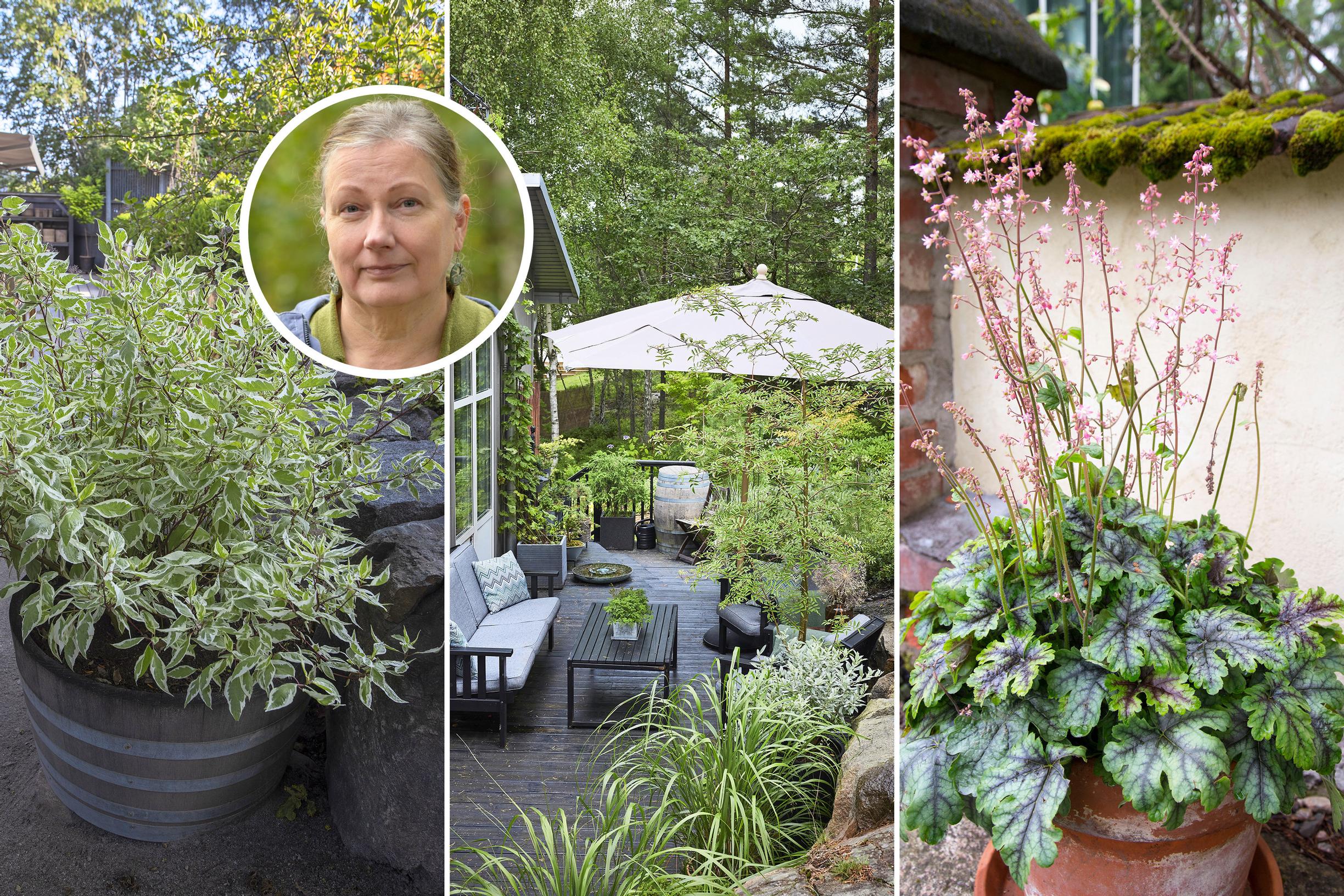
Keep perennials in containers all year: a horticulturist shares winter survival secrets
The hardiest plants can manage just fine in their containers through winter with no special protection, though there are a few tricks that can help them overwinter. Leaving them outside is always an experiment and there’s no guaranteed outcome. For delicate or prized plants, it’s safest to move them into a cool indoor space for winter, writes horticulturist Tuovi Mutanen.
You really don’t have to settle for just annual summer flowers in your outdoor containers. Large pots planted with perennials add structure to your garden, and the container’s color and height can give many familiar herbaceous perennials or woody species a fresh and exciting look. However, because the root space is limited, conditions in a container are more extreme than in the ground, so these plants need a bit of extra care throughout the year.
The foundation for successful overwintering is proper summer care. Water thoroughly, because plants in containers dry out more easily than those in the ground, and later in the season apply a nitrogen-free fall fertilizer that supports winter dormancy. As winter approaches, the soil should remain airy and slightly moist, but not wet.
The foundation for successful overwintering is proper summer care.
In addition to summer care, many other factors affect a container-grown plant’s ability to survive winter: the container’s size and material, winter weather conditions, the local growing zone, and the chosen species.
Try first with species that are reliably hardy in your region or an even more northern zone. For example Spiraea 'Grefsheim' and the birchleaf spirea are among the sturdiest shrubs, while perennials worth trying include lemon daylily, goat's beard, and spotted deadnettle.
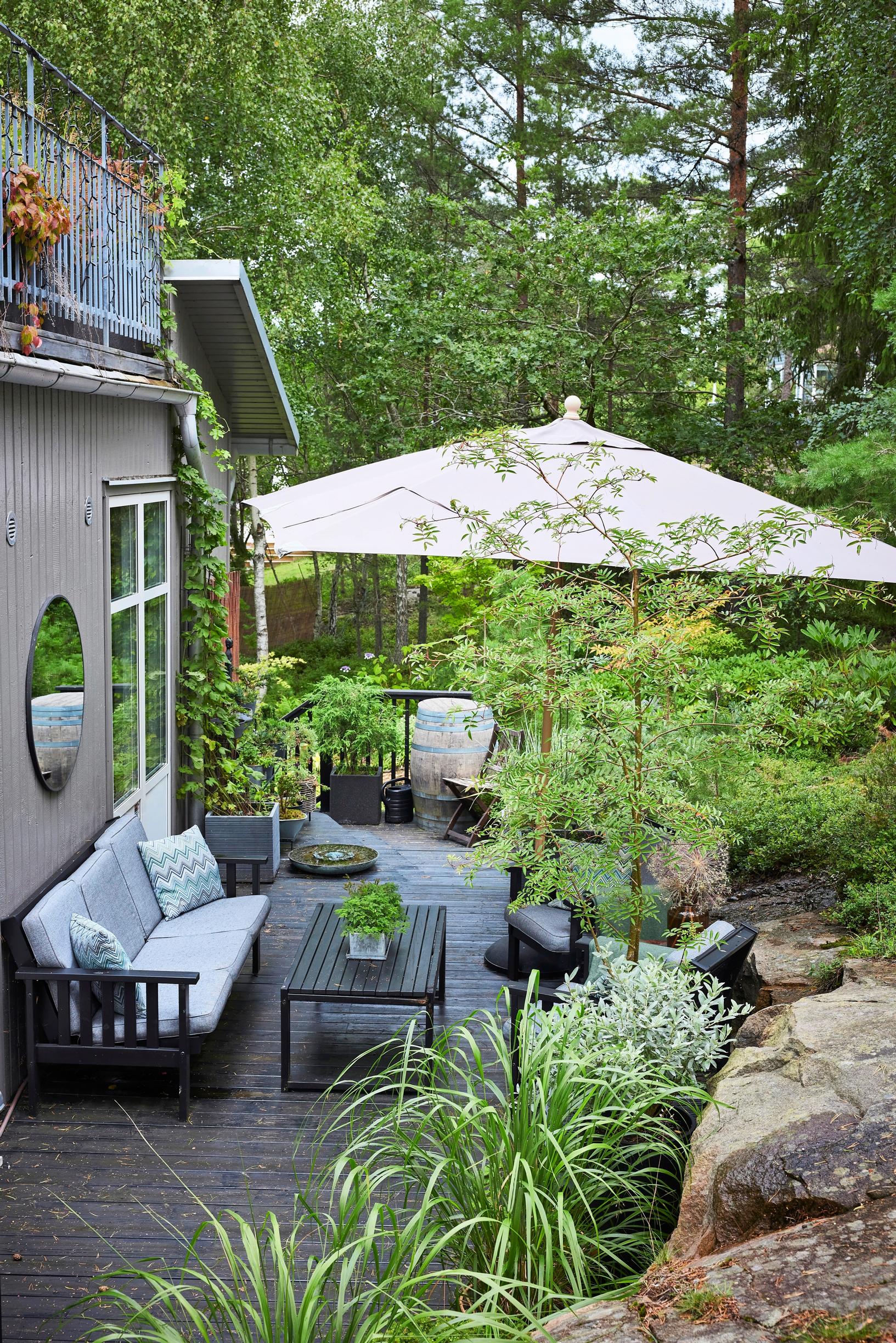
Try first with species that are reliably hardy in your region or an even more northern zone.
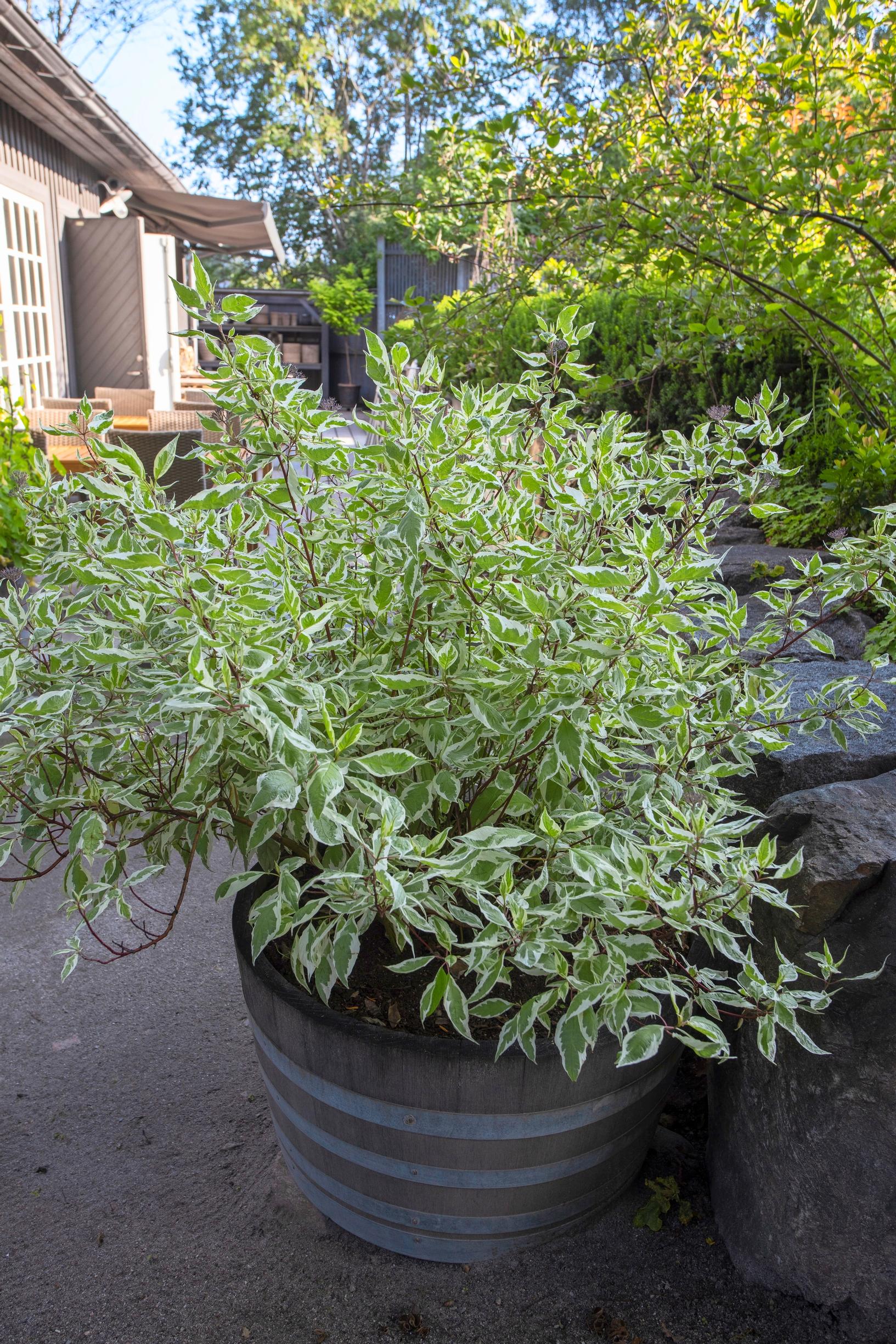
The hardiest plants can survive the winter in their containers without any additional protection, but you can also help them along with a few tricks. You can lift perennials and small woody species out of their pots and plant them directly in the ground for the winter. Alternatively, you can tip the pot onto its side and cover it with, for example, spruce branches, dry leaves, a frost blanket, or snow. When a container stands upright through the winter, the easiest approach is to wrap it loosely with a frost blanket. Because roots are less tolerant of cold than aboveground plant parts, protecting the root ball is especially important. For instance, on a balcony, cold air also seeps in from below, so it’s a good idea to place an insulating layer—such as foam plastic—under the pot.
It’s still safest to move delicate and valuable plants into a cool indoor space for the winter. In that case, the basic rule is that plants that keep their leaves also need light during dormancy, while those that drop their leaves can get through winter in a dark area.
